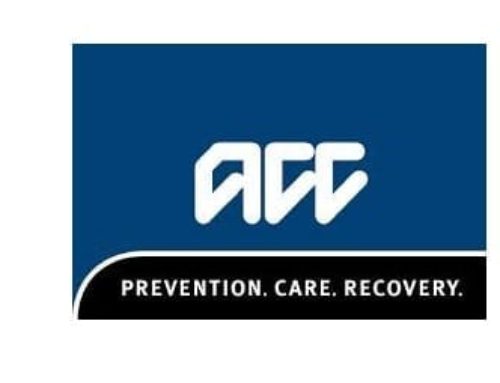Battery sizes
Size 10 batteries (yellow)

Yellow labelled size 10 hearing aid batteries are used in the smallest hearing aids including Invisible in the canal (IIC), completely in the canal (CIC) and the extra small behind the ear receiver in the canal (RIC) hearing aids styles.
They last between 3- 7 days depending on the degree of hearing loss and technology in the hearing aids.
Size 312 batteries (brown)

Brown labelled Size 312 hearing aid batteries are used in some receiver in the canal (RIC) and in the ear (ITE) hearing aids.
They last about 10 – 14 days depending on the level of amplification and functionality in the hearing aids. Using functions like streaming sound from devices like your phone has a high battery drain and shortens battery life.
Size 13 Batteries (Orange)

Orange labelled Size 13 hearing aid batteries are used in some receiver in the canal (RIC), behind the ear (BTE) and in the ear (ITE) hearing aids.
They last around 10 – 14 days depending on the level of amplification and functionality in the hearing aids. Using functions like streaming sound from devices like your phone has a high battery drain and shortens battery life.
Size 675 batteries (blue)

Blue labelled Size 675 hearing aid batteries are used in hearing aids that require a lot of power including bone conduction hearing aids (BAHA) and cochlear implants (CI).
They last about 10 – 14 days depending on the level of amplification and functionality in the hearing aids, BAHA or CI.
Streaming is now available in some CIs and this will increase the battery drain.
Types of batteries
Zinc-air batteries
Disposable zinc-air batteries are the most common type of hearing aid batteries. They have a sticker on them that covers small holes in the top of the battery. Once you pull the sticker off air gets into the battery and it begins to work. Zinc-air batteries usually last between 5 and 14 days depending on the battery size.
Once the sticker is pulled off the battery will continue to drain even if the hearing aids are not being used.
Zinc-air hearing aid battery tips
- Stick the battery sticker onto your calendar when you change your battery, it will let you know when you should expect to change the battery again.
- Only pull the stickers off when you are ready to use them
- Increase your hearing aids battery life by leaving the battery on the table for 1-5 mins after pulling off the sticker. This allows more air into the holes in the top of the battery.
Rechargeable Silver-zinc batteries and nickel – metal hydride batteries

Rechargeable silver-zinc and nickel-metal hydride batteries generally last 10 to 14 hours (a day) before needing to be recharged – usually over night. The batteries look similar to zinc-air batteries but they do not have the holes to let air in.
An advantage of both Rechargeable Silver-zinc batteries and nickel – metal hydride batteries is that if the batteries run out, the same size disposable zinc-airbatteries can be used This might be helpful if they run out during the day or if you go on holiday and do not want to take a charger with you.
Rechargeable silver-zinc and nickel-metal hydride batteries last about a year and then need replacing. When you get your hearing aids at Auckland Hearing we notify you annually when it is time to renew your rechargeable batteries.
Lithium – ion rechargeable batteries

Lithium-ion (Li-ion) batteries are sealed within the hearing aid and are only removable by the hearing aid manufacturer. They are expected to last for 5 to 6 years, potentially the life of the hearing aid.
For the batteries to be replaced the whole hearing aid has to go into the manufacturer for a service.
The advantages of rechargeable batteries
- Many people choose rechargeable batteries as they are easy to manage. You just need to put them in the charger each night.
- With rechargeable batteries, there is no need to open fiddly battery doors or remember when the batteries need to be replaced.
- Rechargeable batteries are also better for the environment as you are not adding so many batteries to the landfill.
Buying your hearing aid batteries
It does not matter what branding is on your batteries, often hearing aid batteries are re-branded by a hearing clinic or a manufacturer. Clinics that fit hearing aids may be a better choice than other retailers, as they know the importance of good quality batteries. At Auckland Hearing we sell batteries by the card or at a discount by the box.
Hearing aid battery expiry date

Check the expiry date on the back of the battery pack. The expiry date on the back fo the packet should be at least a year away. Expired batteries not only have a shorter life, they may secrete a corrosive white power into the battery compartment of your hearing aids.
It is best to buy your hearing aid batteries from a retailer that sells a lot of batteries, so they have not been sitting on the shelf for a long time.
Recycling your hearing aid batteries

Auckland Hearing has a hearing aid battery recycling program. Please bring in your used batteries as we will make sure they are disposed of safely.
We send our used hearing aid batteries to UpCycle who hold EPA approved battery export permits. The batteries are exported to South Korea for processing, where they get stripped off and chemicals are extracted for recycling.





